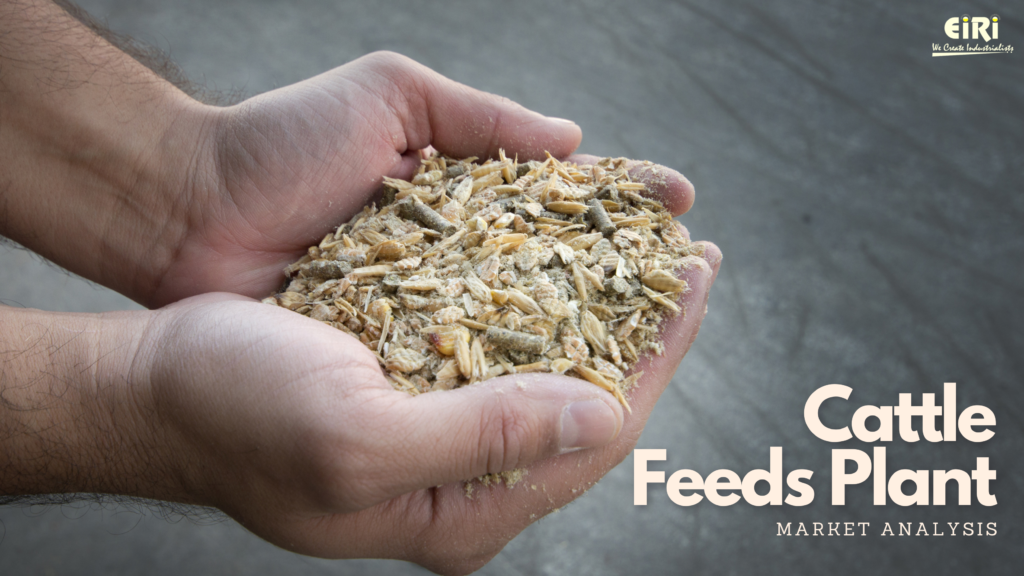An All-inclusive Report of Wheat Flour Mill Business; Market Value, Trends, Challenges, Future Demand
Food and agriculture are perennial industries with opportunities for the multitude. The volume of the food market in India is humongous thanks to a massive population. A few staple crops dominate the present volume of consumption.
Wheat stands second in the list of the most produced food crops in India. It is a staple ingredient used across the nation. Alongside its caloric and protein benefits, wheat is also one of the most traded crops globally.
Wheat flour is used for the preparation of diverse food items. The importance of flour mills is often overseen but is of paramount importance. In India, the processing of flour is highly unorganized, with the conventional Chakki systems still in practice.
A Look into The Market
Wheat is the most produced cereal in the world and is predominantly for human consumption. In 2020, the wheat flour market reached a valuation of 160 billion US Dollars.
Despite the adverse impact of COVID, the dependency on wheat flour was not conceded.
In India, 75% to 80% of the wheat market is estimated to be in the form of whole-wheat consumption.
The processing of whole wheat is majorly reliant on flour mills. Coincidingly, the global flour market is touted to reach 270 billion US Dollars by 2022.
This reflects the importance of mills in this voluminous industry. With an evergreen demand and indispensable utility, wheat flour mills act as a fulcrum.
As normalcy returns in 2021, this is perhaps the best time to invest in the aforesaid venture.
A Look into the Trends
Population growth
A direct cause for the increase in whole wheat consumption is its growing need. With the consumption of rice stagnating for the past few years, whole wheat is gaining traction.
Increasing disposable incomes
More income; more consumption is very true for wheat flour. Since it historically has been more expensive compared to rice, its consumption was not extensive. With more disposable income, the demand for whole wheat products is eyeing growth.
The rise in consumption of bakery products
Confectionaries like bread, wafers, biscuits are often made out of whole wheat. Urbanization has increased the demand for quick bites, which is directly increasing the need for whole wheat.
Growing health awareness among the consumers
Whole wheat grew in relevance as a healthier alternative for maida. On similar lines, people are embracing whole foods in general for a healthier lifestyle. Also, whole wheat is known to be fibre-rich and low-calorie-dense. These two properties are in-demand for the newer generation who are more health-conscious.
Aggressive marketing by manufacturers
Manufacturers of whole wheat are placing their products as the healthiest ingredients for an Indian’s staple diet. Though not necessarily wrong, aggressive marketing, coupled with other factors, is contributing to the growth in demand.
Urbanization
Wheat flour and whole wheat products fit in well with the pace of urban life. Urban consumption of whole wheat is mostly in the form of bread (rotis, chapatis). With diabetes and obesity turning into a norm in cities, whole wheat is often recommended.
The surge in consumption of fast and fried food
Contrary to previous factors, wheat flour is also used in the preparation of fast food. Noodles, pasta, pizzas are well-known dishes that use wheat at scale. The concept of whole wheat is being ingrained into fried meat items, burgers, and other modern foods. Whilst the consumption of these foods increases, the need for wheat flour increases.
Outlining the Challenges
Inadequate storage facilities
Wheat flour mills have suffered from the lack of adequate infrastructure to store their reserves. For new entrants into the market, this is a huge challenge.
Lack of quality standards
There is no quality standard set for whole wheat flour. This furthers the disparity between the unorganized sector with manufacturers using the traditional Chakki mills and the organized sector.
Bias against packaged wheat flour
Many brands fail to penetrate the local markets with their packaged wheat flour. Regional flour mills are preferred as consumers express their loyalty.
Despite the better quality, consumers prefer local essence over packaged wheat flour.
Short shelf life
For a staple ingredient like wheat, its shelf life of 3 to 4 months is very brief. Coupled with a lack of storage infrastructure, flour mills are bound to limit their processing. This creates a void during the off-season and adversely impacts the market.
Low-profit margins
Flour mills are one of the least innovative markets with negligible to zero R&D investment. Traditional methods of milling are linked to higher overhead costs. So, the profit margin on the processing of whole wheat is low.
In a Nutshell
Despite all the challenges, this market is bound to leapfrog in the coming years. With the immense potential for growth and development, the flour mill market provides for an excellent business opportunity.




